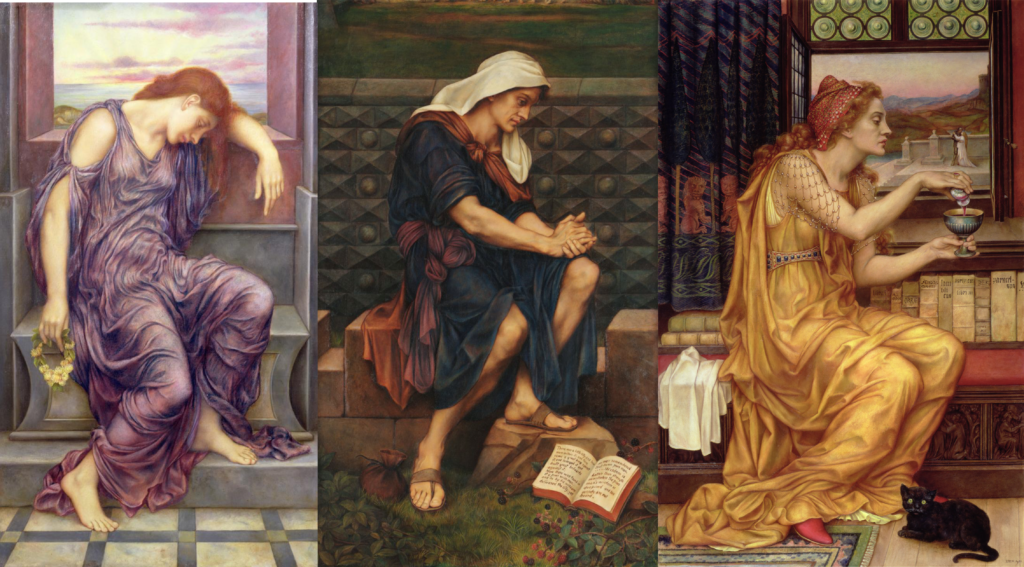William and Evelyn De Morgan’s paintings and some of William’s ceramics can now be seen on the Google Arts & Culture Platform. In an exciting move towards a digital future, with better access to its collection for everyone, the De Morgan Foundation has partnered with Google Arts & Culture to have the Google Art Camera capture high resolution gigapixel images of the oil paintings in the collection. The images available are so detailed that even conservators haven’t seen these delectable oils in such detail before.

Detail of the lizard in Evelyn De Morgan’s The Dryad
About Google Arts & Culture
Google Arts & Culture puts the collections of more than 1,800 museums at your fingertips. It’s an immersive way to explore art, history and the wonders of the world, from Van Gogh’s bedroom paintings to the women’s rights movement and the Taj Mahal. The Google Arts & Culture app is free and available online for iOS and Android. Google’s team that help preserve and share culture and allow curators to create engaging exhibitions online and offline, inside museums. Read about Google’s latest projects on the Google Keyword blog.
Bringing you paintings from the store
It is impossible to display all of the vast collection and so some is stored in a fine art warehouse. Unfortunately this means that the general public cannot access the paintings, especially those which need conservation in order to allow them to be displayed. The collaboration with Google Arts and Culture means that now pictures such as Millicent De Morgan by William De Morgan can be shared. This painting is a very rare one by William De Morgan who only painted a handful of oils before setting up his pottery business in 1872.

Portrait of Millicent De Morgan by her uncle, William De Morgan
New discoveries
One feature of Google Arts and Culture is that you can order paintings by artist, date and even colour. This has allowed an examination of the poses and features which Evelyn De Morgan uses in her pictures, and provided evidence that she would use similar arrangements and compositions created at the same time. Once she had found an interesting pose, she repeated it in order to perfect it, imbue it with new and diverse meanings, or try it with different drapery.

Using Google Arts and Culture to search paintings by date has revealed that De Morgan used similar poses for paintings made around the same date
What will you discover by examining the De Morgan Collection on Google Arts and Culture?






